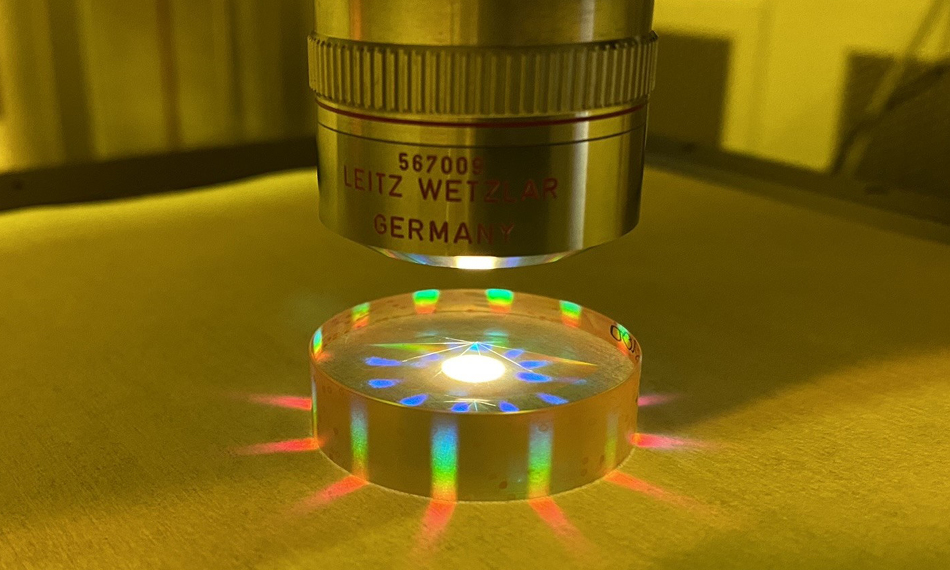CUSTOMER SUCCESS STORY
Improving Interference Lithography with CW Solid State Lasers
THE CHALLENGE
Anton Savchenko is an early-stage researcher for the Institut für Technische Optik (ITO) at the University of Stuttgart. He and his colleagues create micro- and nanostructures using laser interference lithography (LIL).
Periodic micro- and nanostructures are commonly found in nature and widely used in technology. Researchers have created nanostructures similar to those found on the surface of moths’ eyes that can suppress unwanted reflections in optics. Another example of a periodic nanostructure is a diffraction grating, which has a very broad range of applications spanning from spectroscopy to laser-beam modification. Creating these structures accurately and repeatably is a challenge. There are very few methods that can reliably create sub-micron periodic patterning — and LIL is one of them.
LIL creates periodic interference patterns in a photosensitive material. The basic setup is based on Lloyd’s mirror and hasn’t changed much from Humphrey Lloyd’s studies on the nature of light in 1884. The LIL setup with Lloyd’s mirror (Fig.1) works as follows: Light from the light source passes through a spatial filter and expands in propagation. A mirror and sample are perpendicularly mounted on the opposite side of the setup. Light on the sample interferes with light reflected from the mirror to create an interference pattern. The period of the interference pattern is directly proportional to the wavelength of the light source.
The light source for LIL is a crucial component and must meet several requirements: short wavelength, a long coherence length to produce interference fringes, and relatively high power to reduce exposure time. For many years, Ar+ and Kr+ gas lasers were the answer.
Unfortunately, these gas lasers aren’t efficient, produce extreme amounts of heat, require water cooling and frequent maintenance, and are bulky. Anton Savchenko and his colleagues needed a better solution for LIL in the lab.
THE SOLUTION
M. Sc. Savchenko and his colleagues at the ITO have several ways to create diffraction patterns but they needed a larger area LIL setup.
When they decided to equip their lab with a new LIL system, they looked for a light source that would meet their criteria for coherence length, beam quality, short emission wavelength without the size, complexity, and heat of Ar+ and Kr+ gas lasers. CW solid-state lasers looked like a promising solution, and the team tested a Coherent OBIS 360 XT laser. The compact, plug-and-play device operates maintenance-free and requires only a heat sink, with no additional cooling devices needed. The laser’s high-quality beam with an M2 close to 1, combined with narrow spectral bandwidth and long-term power stability, ensures accuracy and reproducibility for LIL. The laser can achieve periods down to 250 nm with an emission wavelength of 360 nm.
THE RESULT
The in-house laser interference lithography setup, equipped with OBIS 360 XT laser, has strengthened the ITO’s capabilities to fabricate different periodic nanostructures. They can now produce sub-micron diffraction gratings on area as large as 180 mm in diameter. Figure 2 illustrates examples of fabricated diffraction gratings. Another application they are targeting with this system is the control of laser beam polarization states leveraging grating-waveguide structures using sub-wavelength diffraction gratings.
“A combination of short emission wavelength, high beam quality and long-term stability combined with easy-to-use design make the Coherent OBIS 360 XT laser an attractive solution for laser interference lithography."
— Anton Savchenko, Early-stage Researcher, Institut für Technische Optik (ITO), University of Stuttgart
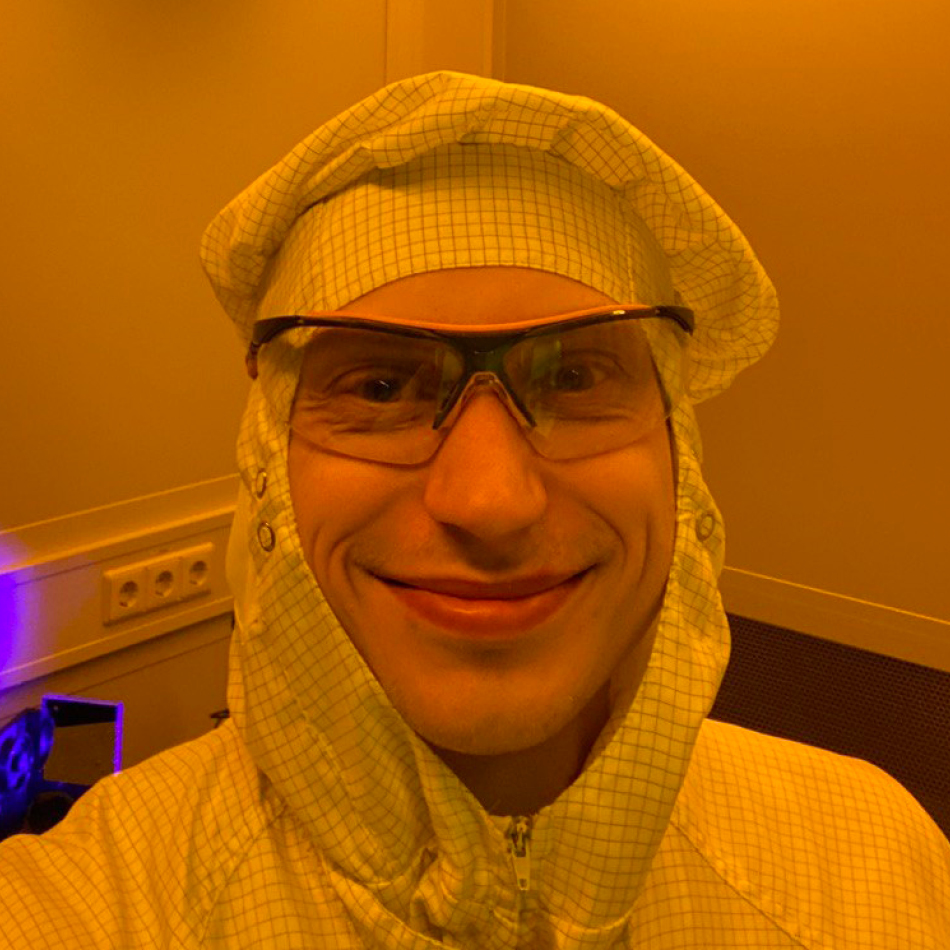
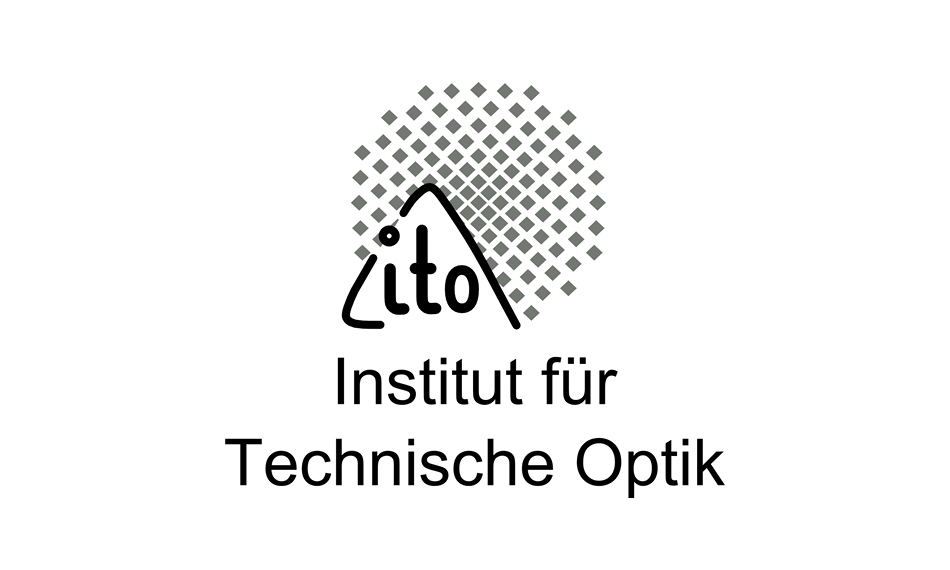

Figure 1. Schematics of the laser interference lithography setup.
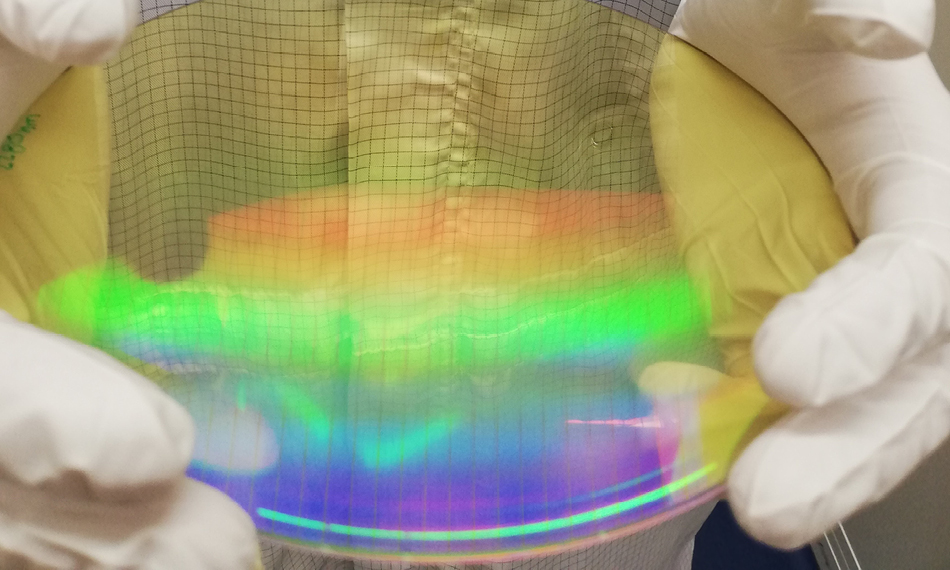
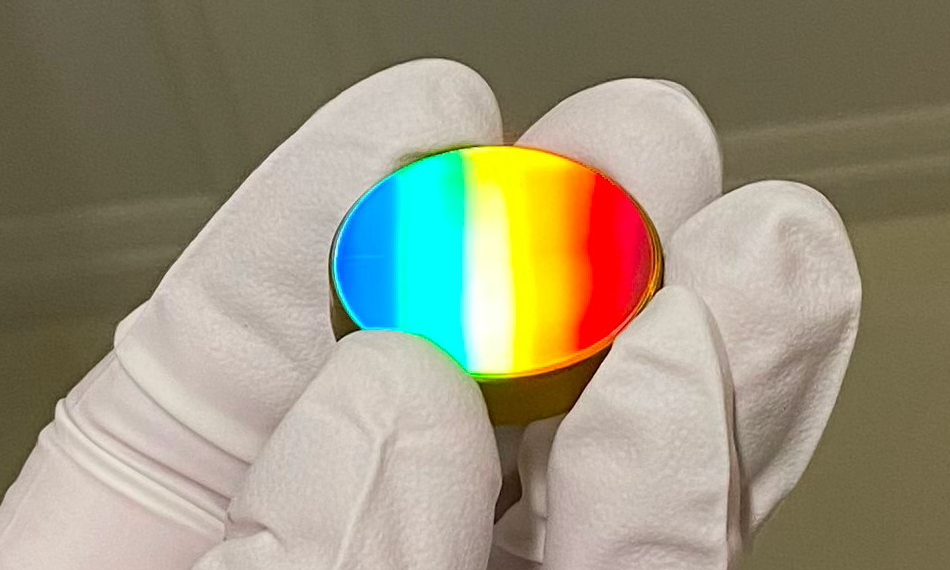
Figure 2. Diffraction gratings produced with our setup.
